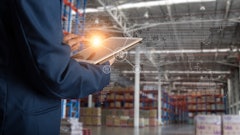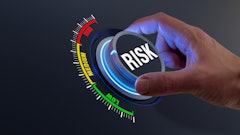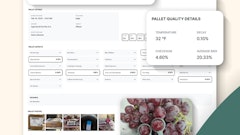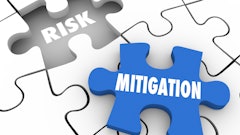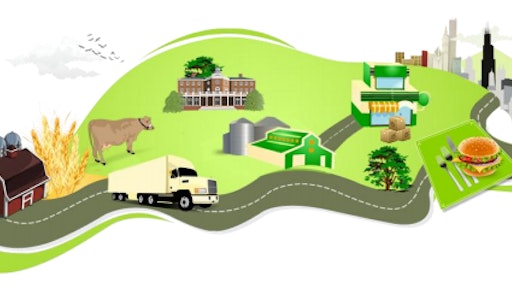
IBM has released a report demonstrating a new approach to accelerate the foodborne illness outbreak investigation that uses spatial-temporal data. It is a computational technique that can 1) help identify possible sources of contamination in the early stages of a disease outbreak, or 2) make pro-active predictions on likely contamination sources before the onset of a potential outbreak.
Leveraging retail scanner data with spatial information already collected at any grocery store/supermarket along with the confirmed geo-coded cases reported from the public health agency makes it possible to quickly identify a small set of “suspect” products that should be tested in the laboratory and investigated further. In this paper, the company describes a likelihood-based method (LM) with two sets of applications capturing different scenarios of the food supply chain and distribution. The results demonstrate the capability of the LM in accelerating the foodborne illness investigation in different experiment settings with conclusion and possible future works.
IBM researchers believe the availability of electronic retail scanner data with new analytics and laboratory techniques can hugely accelerate outbreak investigation and aid public health agency in that mission at the county, state, and national levels. The potential benefits of this opportunity include reducing the costs of foodborne illness (now $9 billion annually in the U.S.) and of economic losses from outbreaks and recalls.
Success requires an effective public private partnership, but the economic benefits are large on both sides if a joint effort such as the one proposed here can provide compelling scientific evidence for this opportunity. Ultimately, this proactive technique will benefit all participants (i.e., retailers, wholesalers, manufacturers, food transportation companies, etc.) by providing early warnings of the potential risk of foodborne illness cases.
A traditional investigation employing interviews and questionnaires to trace back to the contamination source can range from days to weeks and significantly influences the economic and health cost of a disease outbreak.
To read more, click here.

















